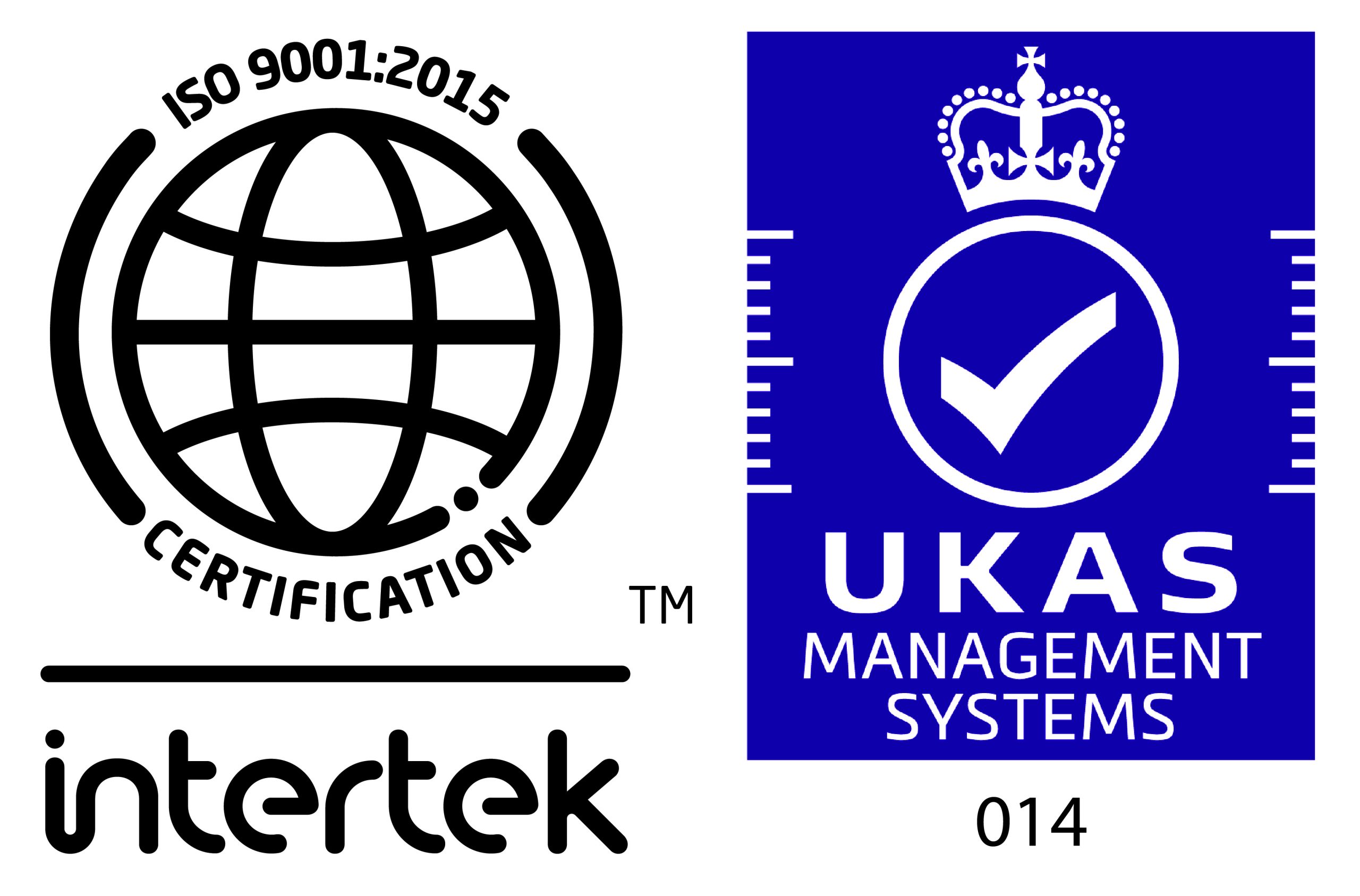Employers who provide references for their staff members must take reasonable care to ensure the information disclosed is true, accurate and fair. Schools and colleges also have to include any safeguarding concerns and whether they have subjected the employee to a formal capability procedure.
In Smith v Surridge and others, the High Court had to decide whether a school, its trustees and two of its governors had defamed two of its former teachers when it supplied a reference that said it had ‘some safeguarding concerns’ about them.
Facts
Ms Smith and Ms Jackson taught at Stanborough School for four years. They left and started new jobs at a different school. Those jobs ended and they registered with an agency. They were offered new teaching roles, conditional upon obtaining suitable references from their last two employers.
The job agency asked Stanborough for a reference. The head-teacher’s PA emailed a brief reference which said, among other things:
‘However, I would like to inform you that there were some safeguarding issues during their time at Stanborough School. We will fill in the forms you have sent us in detail and send these to you shortly.’
The job offers were withdrawn and both teachers issued proceedings in the High Court for libel, misuse of private information and negligent misstatement.
The teachers argued that the reference to ‘some safeguarding issues’ inferred that they had abused and mistreated pupils and/or that they were guilty of misconduct. The school argued that this comment had to be considered in the context of a series of e-mails about the references and that the language it used reflected the wording in the request, which asked if it had any safeguarding ‘concerns’.
High Court decision
The Judge said that a hypothetical reader would have taken the reference at face value. The words used meant that during the time the teachers worked at the school, they did something that gave rise to a safeguarding issue: specifically, something that either caused harm to a child or placed a child at risk of harm. And that was defamatory at common law.
What can we learn?
1 Consider the information you provide and the supporting evidence.
You have a duty to your former employee and their prospective employer to take reasonable care to ensure the information contained in the reference is true, accurate and fair. You also owe your former employee a duty not to defame them.
So, your reference must not be malicious, negligent or otherwise misleading.
An inaccurate reference could lead your former employee to claim damages in negligence for lost earnings if they can show that your reference cost them the job. A misleadingly positive reference could cause a prospective employer to claim against you for its wasted recruitment costs and damages if it can show that your reference led it to hire your former employee.
2 Stick to the facts
In addition to factual details, schools and colleges must disclose whether they subjected the employee to capability procedures and any safeguarding concerns even if they took no action.
3 Decide who can give references.
Decide who has the authority to provide a reference on the school or college’s behalf. This will help you to respond to requests consistently. If there are safeguarding issues, get someone senior to approve the reference before it goes out.
4 Don’t have ‘off the record’ discussions about former employees.
Factual references don’t help prospective employers determine what the candidate is really like. Often, a prospective employer, in receipt of a noncommittal reference, will attempt to obtain more information by speaking to the candidate’s former head teacher or direct manager. Any information given orally, even if it is stated to be ‘off the record’, must be true, accurate and fair.


